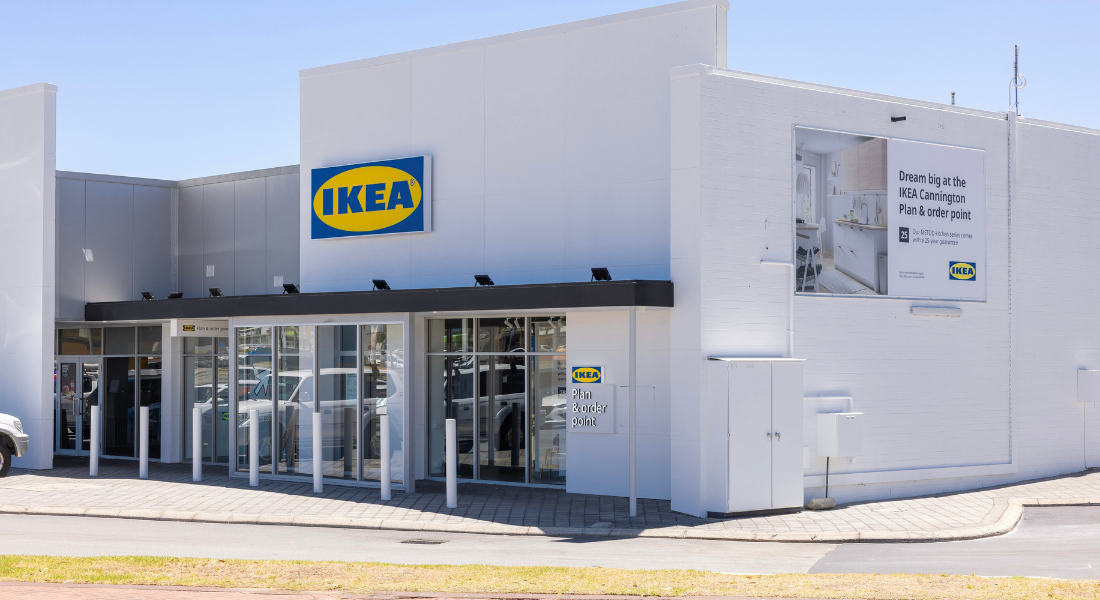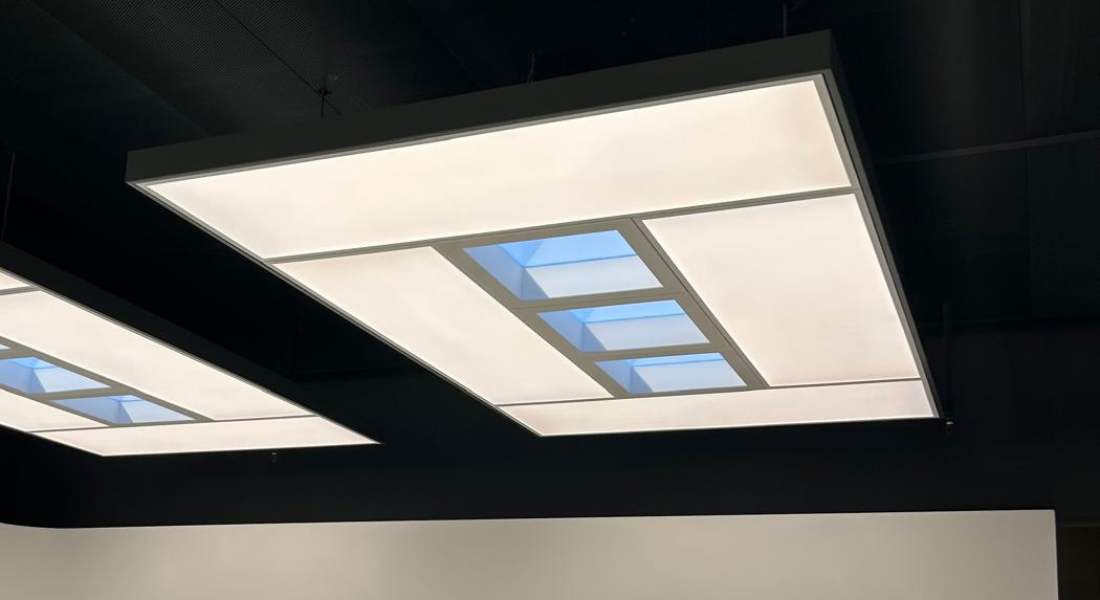NSW takes the next step in reforming the Employment Zones Framework

Today the NSW Government published the Standard Instrument (Local Environmental Plans) Amendment (Land Use Zones) Order 2021 (The Order).
It sets out the changes that are to be made to the Standard Instrument – Principal Local Environmental Plan 2006 (the template for all local authority Local Environmental Plans) resulting from the public exhibition, collation of submissions and finalisation of the employment zones framework that has been underway over the past 6 months.
The Order confirms the introduction of the five (5) new employment zones and three supporting zones that were envisaged at the outset, being:
- E1 – Local Centre;
- E2 – Commercial Centre;
- E3 – Productivity Support;
- E4 – General Industrial;
- E5 – Heavy Industrial.
- MU1 – Mixed Use;
- SP4 – Special Enterprise; and
- W4 – Working Waterfront.
It also confirms the introduction of new land uses definitions for ‘Creative Industries’, ‘Data Centres’ and ‘Goods and Repair and Reuse Premises’.
In addition, the ‘Business Premises’ land use definition has been updated to include reference to ‘Goods and Repair and Reuse Premises’.
It is also important to note that proposed consolidated land use definitions ‘Home Improvement Retail Premises’ and ‘Trades Retail Premises’ have been abandoned following the feedback provided in the public submissions.
As noted in previous Unwrap articles, the E3 – Productivity Support zone will likely be the zone that the majority of existing B5 – Business Development, B6 – Enterprise Corridor and B7 – Business Park zoned land will be converted to.
This will greatly increase the volume of land where Large Format Retail can be developed.
The Order therefore introduces a set of objectives for the E3 zone as well as a land use table.
It will be mandatory for LGAs to include these objectives and the permitted land uses within their own LEPs when translating and implementing the changes associated with converting the existing B5, B6 and B7 zones into the E3 zone.
Another major win for LFRA members is the inclusion of a significant number of additional and complementary land uses that will be deemed permissible with development consent.
In addition to the ‘Specialised Retail Premises’ use, the additional mandated permissible land uses will provide considerably more flexibility in the potential range of operators that could utilise space within sites.
These include business premises, community facilities, markets, neighbourhood shops, offices, indoor and outdoor recreation facilities, take away food and drink premises, places of public worship, information and education facilities, hotel or motel facilities, industrial retail facilities, storage premises, wholesale supplies, veterinary hospitals, and service stations.
It is also important to note that whilst ‘medical centres’ are not included within the E3 land use table, State Environmental Planning Policy (Infrastructure) 2007 already deems such facilities as permitted development with consent on B5, B6 and B7 zoned land and once the new Employment Zone framework is implemented through the individual LEP’s all other State Planning Policies are likely to be updated to include reference to the new zones where relevant.
The Order commences on 1st December 2021, which means that it will be integrated into the Standard Instrument template at that time.
Following on from this it is understood that the Department of Planning, Industry and Environment (DPIE) will provide Councils with compiled draft land use tables and mapping outlining the initial proposed zone translation.
Councils will then review the first draft documents and propose changes.
DPIE anticipates the zone translation and delivery of the new zones will be undertaken in two tranches.
The first tranche will include Councils who are able to review the provided translation content to meet the key dates imposed by the NSW Department of Planning, Industry and Environment (DPIE) and the second tranche will include Councils who require additional time and support.
The process for each tranche will be the same, but timing will be staggered. Accordingly, once the translation details have been agreed upon between the Council and DPIE, Council’s endorsement will be sought for the draft Local Environmental Plan (LEP) amendments.
DPIE then prepares a draft State environment protection policies (SEPP) Explanation of Intended Effect, which will set out the changes to all the LEPs within that particular tranche. The Explanation of Intended Effect will then be placed on public exhibition.
It will therefore be critical for everyone in the Large Format Retail sector to review the Explanation of Intended Effect when it is released to understand how the proposed translation will affect your landholdings and businesses and prepare submissions.
It is understood that the exhibition of the first tranche Explanation of Intended Effect will be in the second quarter of 2022. The timing for the second tranche Explanation of Intended Effect will be the third or fourth quarter of 2022.
Following public exhibition, submissions will be reviewed and evaluated and the SEPP will be finalised, before the being put to the Minister for approval.
In conclusion, the gazettal of The Order marks an important step in acknowledging the advocacy that the LFRA has undertaken over the last 7 years to expand the areas in which Large Format Retail can be developed to address the under supply of appropriately zoned land.
It also provides increased flexibility for the use of those areas.
However, the key recommendation is for members to look out for the State environment protection policies Explanation of Intended Effect, review them to understand how it impacts your businesses and make submissions on the proposed changes.
The LFRA will be monitoring this closely.
Author: Claire Burdett, Associate Director, Planning, Ethos Urban




